A lush, green lawn is the pride of any homeowner, but achieving and maintaining this ideal can be a bit daunting. With the right knowledge and consistent care, you can transform your yard into a beautiful, verdant space. Here’s a comprehensive guide on how to keep your grass green and healthy.
8 Tips for a Healthy Lawn

1. Choose the Right Grass
The first step to a healthy lawn is choosing the right type of grass for your region and soil. Grass species are typically categorized into cool-season and warm-season varieties:
- Cool-season grasses (like Kentucky bluegrass, ryegrass, and fescue) thrive in cooler climates and are best planted in early fall or spring.
- Warm-season grasses (such as Bermuda, zoysia, and St. Augustine) flourish in warmer climates and should be planted in late spring to early summer.
Contact us to determine the best grass type for your area.
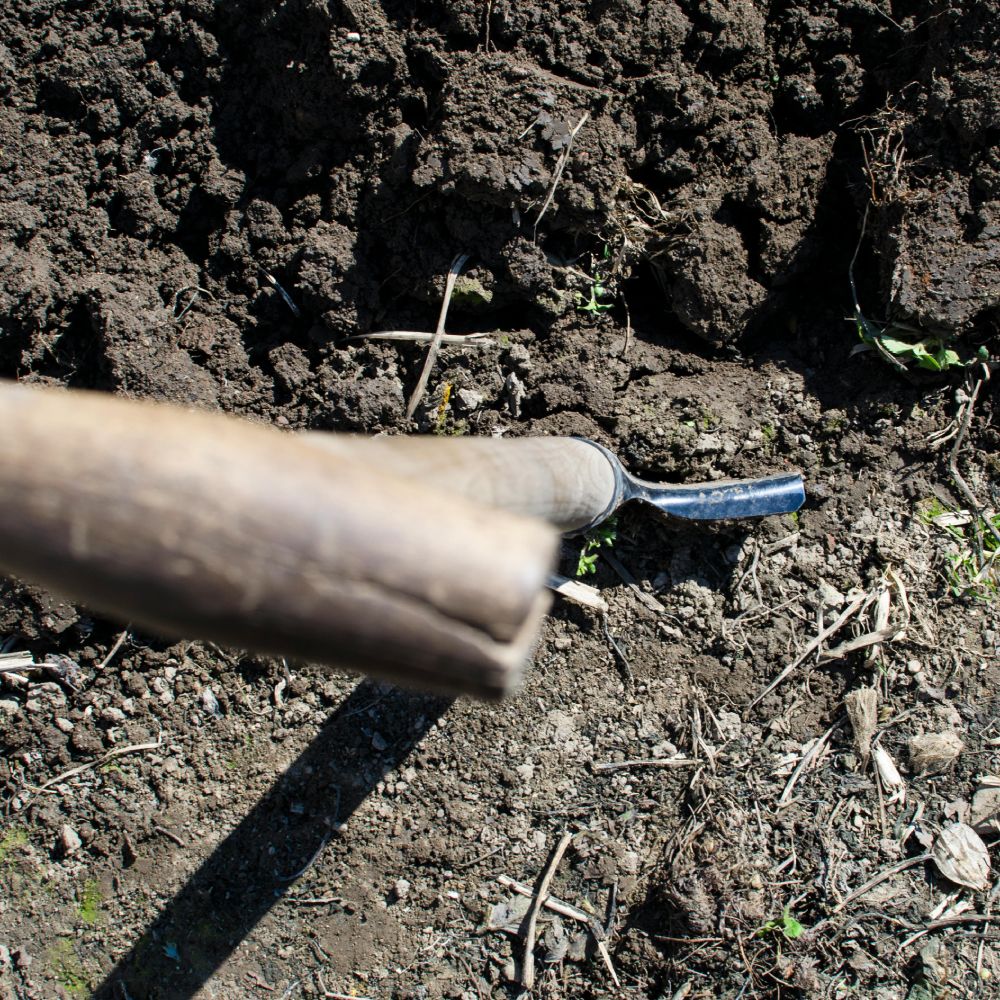
2. Soil Preparation
Healthy soil is the foundation of a healthy lawn. Conduct a soil test to determine its pH and nutrient levels. Most grasses prefer a pH between 6.0 and 7.0. If necessary, amend your soil with lime to raise the pH or sulfur to lower it. Ensure the soil is well-aerated and drains properly by adding organic matter such as compost.
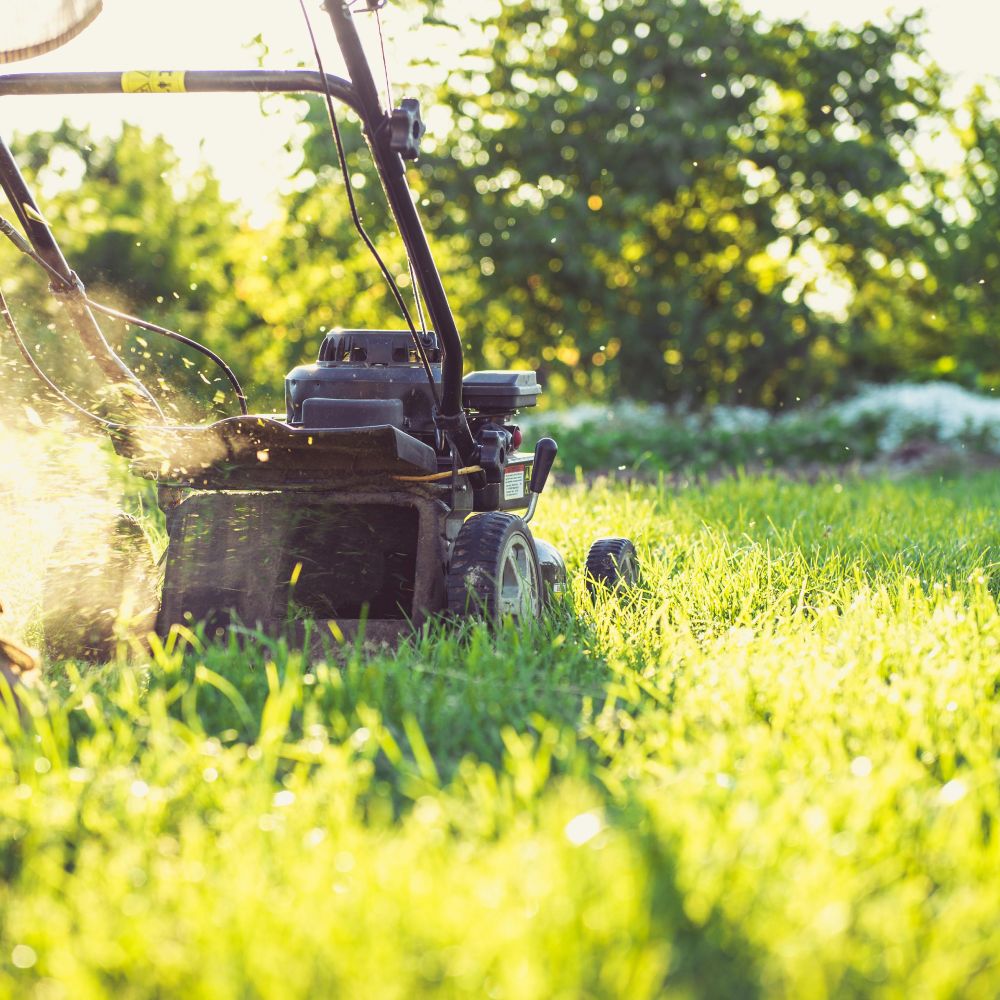
3. Proper Mowing Techniques
Mowing is more than just cutting grass; it’s about maintaining the right height to promote healthy growth:
- Mow high: Keep your grass around 3-4 inches tall. Taller grass shades the soil, reducing water evaporation and inhibiting weed growth.
- Mow frequently: Avoid cutting more than one-third of the grass blade at a time. Frequent mowing promotes denser growth.
- Keep blades sharp: Dull mower blades tear grass, making it susceptible to disease. Sharpen your mower blades regularly.
Need help with lawn maintenance?
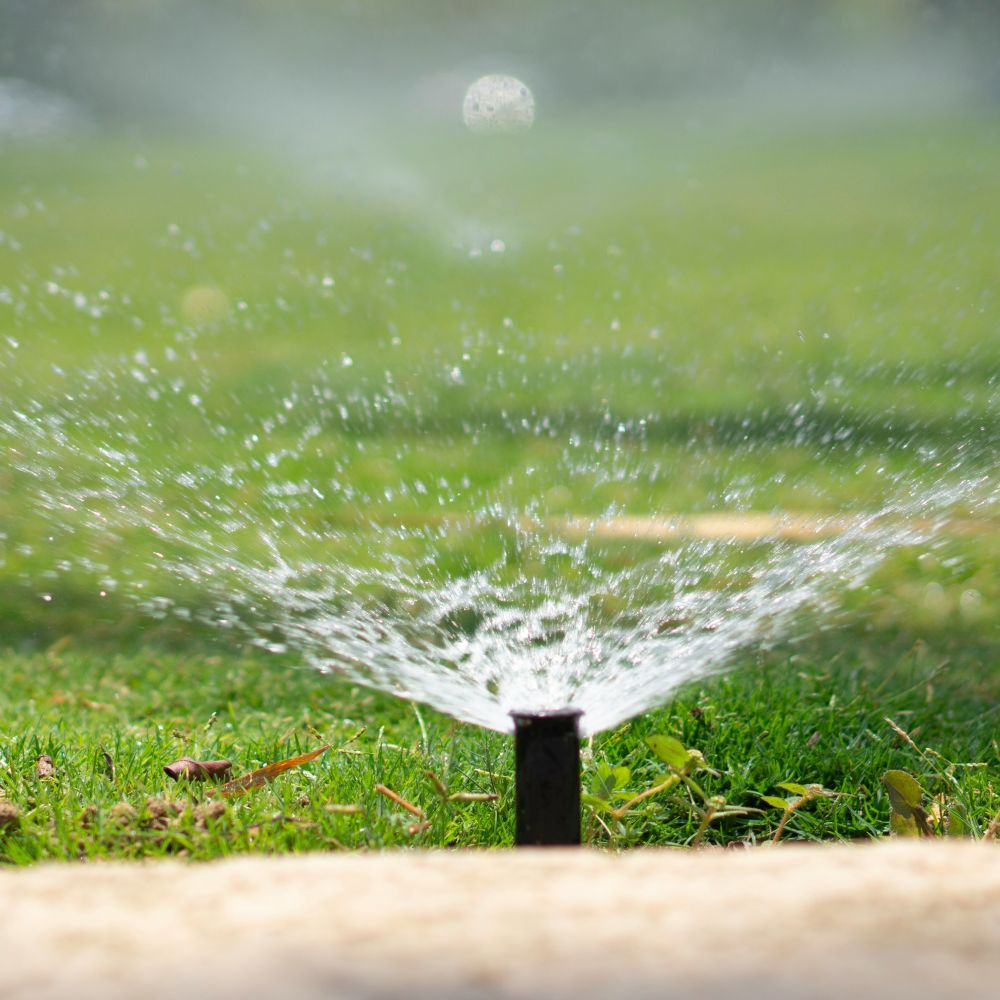
4. Watering Wisely
Proper watering is crucial for a green lawn. Here are some tips:
- Water deeply and infrequently: Deep watering encourages roots to grow deeper, making the grass more drought-resistant. Aim for about 1 inch of water per week, either from rainfall or irrigation.
- Water early in the morning: Watering early reduces evaporation and gives grass time to dry before nightfall, reducing the risk of disease.
- Avoid overwatering: Too much water can lead to shallow roots and fungal diseases. Use a rain gauge or moisture sensor to keep track of water usage.
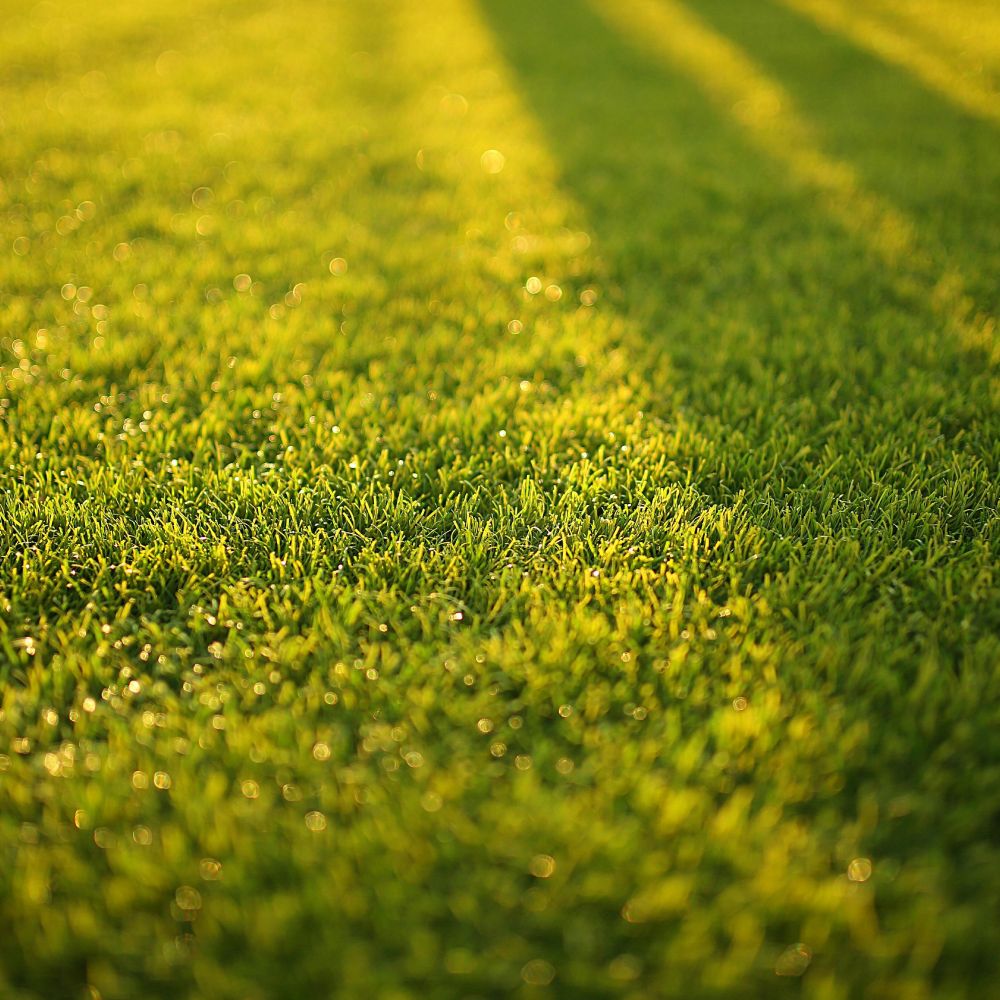
5. Fertilizing
Fertilization provides essential nutrients that your lawn needs to thrive:
- Choose the right fertilizer: Use a balanced, slow-release fertilizer suited to your grass type. Your soil test results can guide you on the specific nutrients needed.
- Apply at the right time: Cool-season grasses benefit from spring and fall fertilization, while warm-season grasses should be fertilized in late spring and summer.
- Follow instructions: Over-fertilization can harm your lawn and the environment. Follow the product’s instructions for application rates and timing.
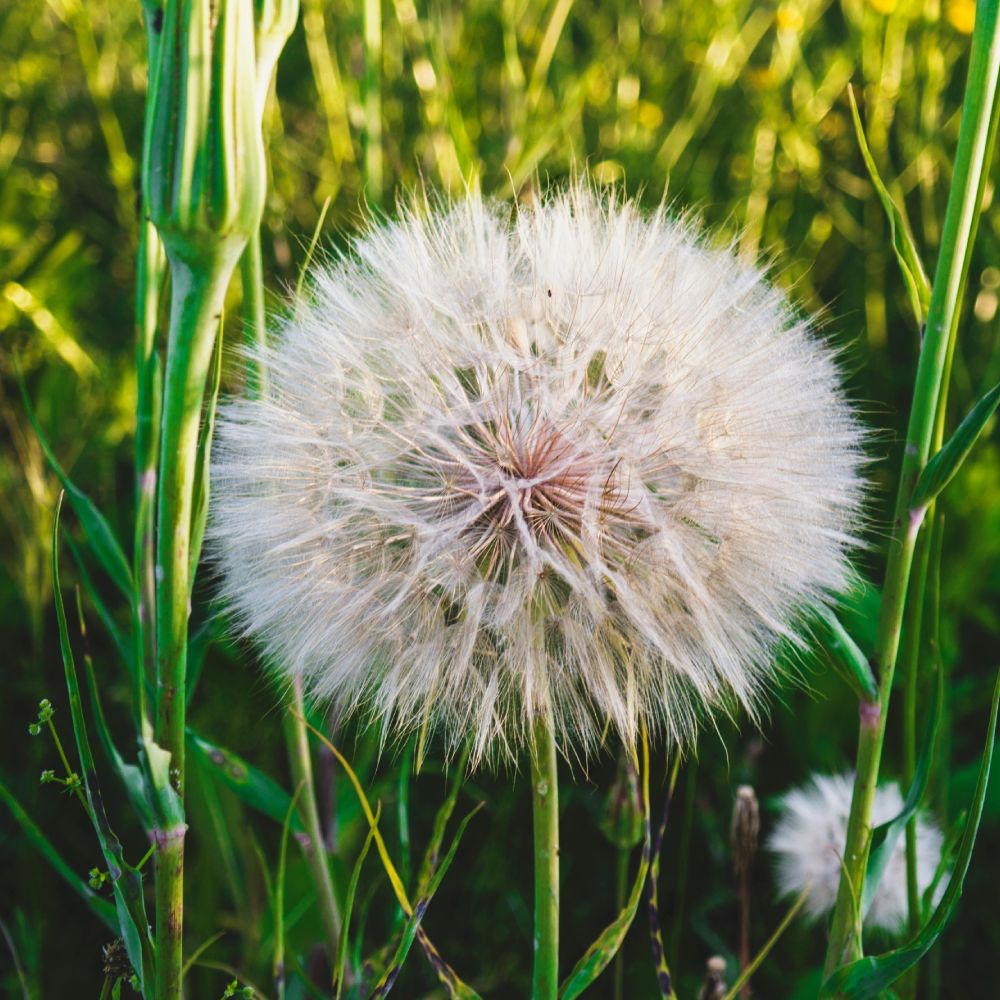
6. Weed and Pest Control
Weeds and pests can quickly take over if not managed properly:
- Weed control: Use pre-emergent herbicides in early spring to prevent weed seeds from germinating. Spot-treat existing weeds with post-emergent herbicides or hand-pull them.
- Pest management: Keep an eye out for common lawn pests like grubs and chinch bugs. Use appropriate pesticides or natural predators to control infestations. Healthy grass is more resistant to pests, so proper care can reduce pest problems.
Need help with weed or pest control?
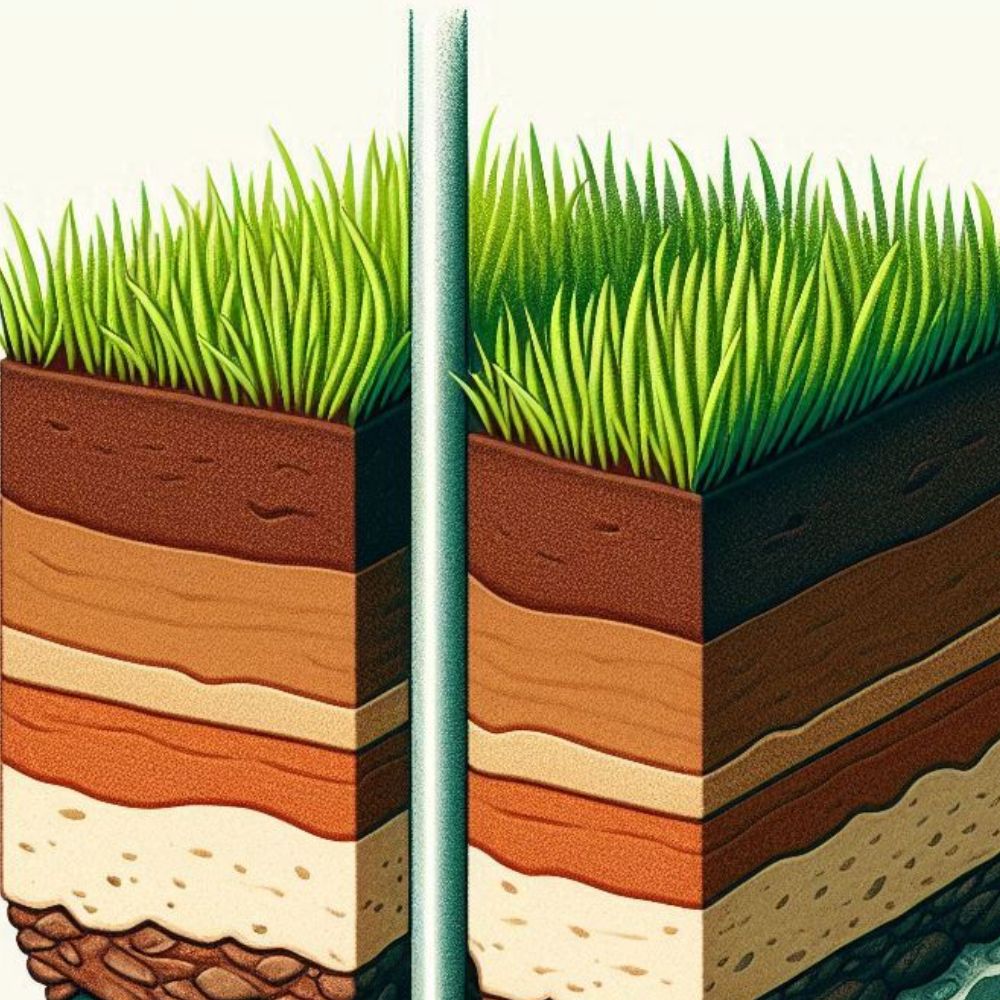
7. Aeration
Aeration helps relieve soil compaction and improves water and nutrient absorption:
- When to aerate: Aerate cool-season lawns in the fall and warm-season lawns in the spring.
- How to aerate: Use a core aerator to remove small plugs of soil from your lawn. This allows air, water, and nutrients to penetrate the soil more effectively.
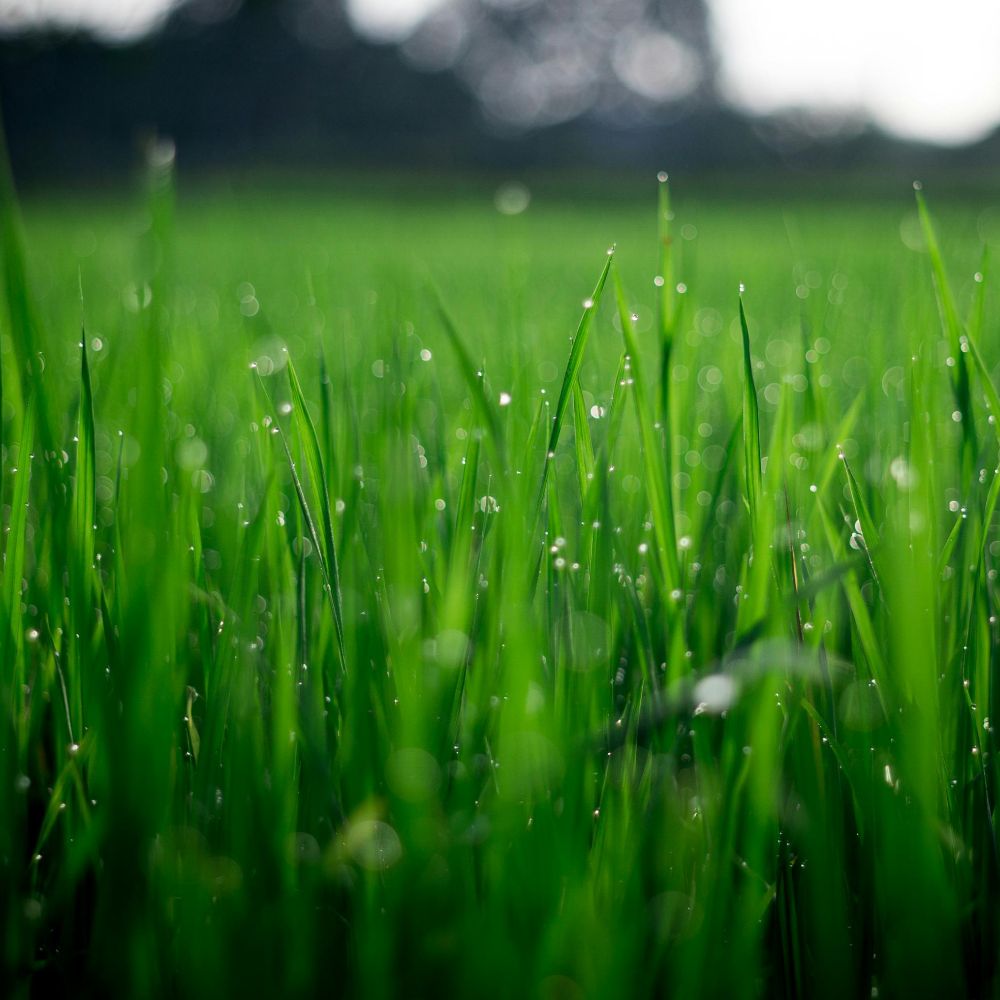
8. Overseeding
Overseeding involves planting new grass seed over existing turf to fill in bare spots and improve lawn density:
- Best time to overseed: Cool-season grasses should be overseeded in early fall, while warm-season grasses benefit from late spring overseeding.
- Preparation: Mow your lawn short and remove any debris before overseeding. Follow up with a light layer of compost or topsoil to protect the seeds and help them germinate.
We can take care of your lawn maintenance!
For Landscape Maintenance
Conclusion
Maintaining a green and healthy lawn requires attention to detail and regular care. By choosing the right grass, preparing your soil, mowing correctly, watering wisely, fertilizing appropriately, controlling weeds and pests, aerating, and overseeding, you can enjoy a lush, vibrant lawn year-round. Remember, the key is consistency and adapting your practices to the specific needs of your lawn. With a little effort, your yard can become the envy of the neighborhood.
Areas We Serve
- King County
- Pierce County
- and surrounding areas!

